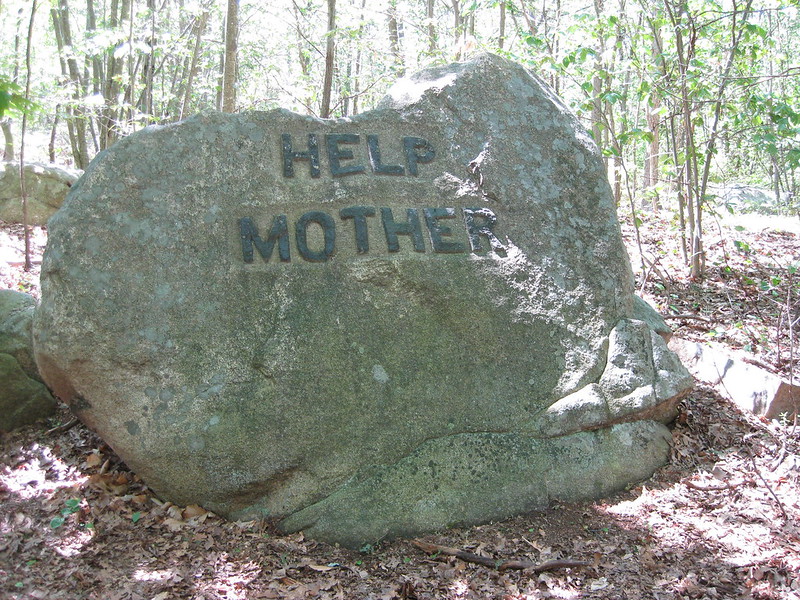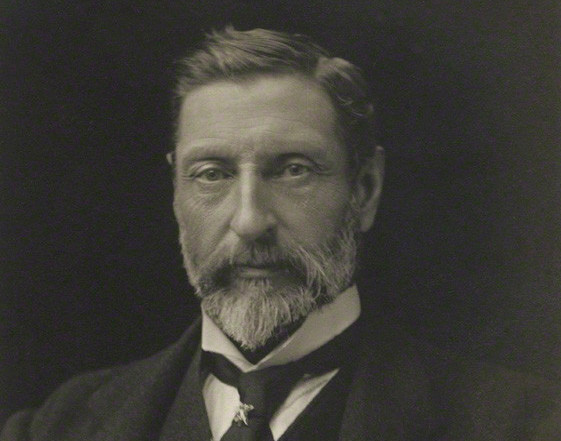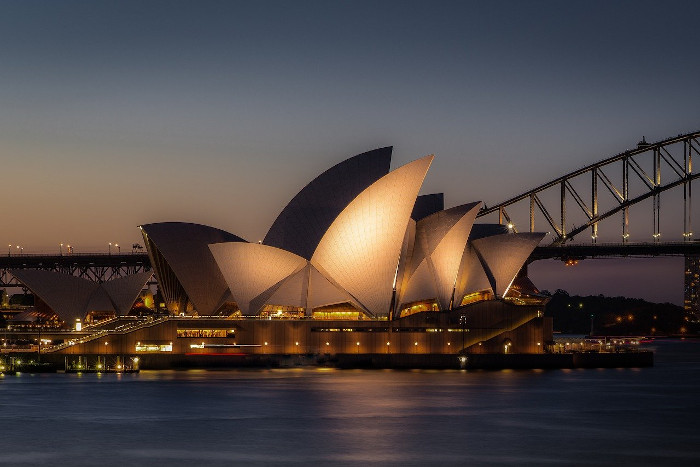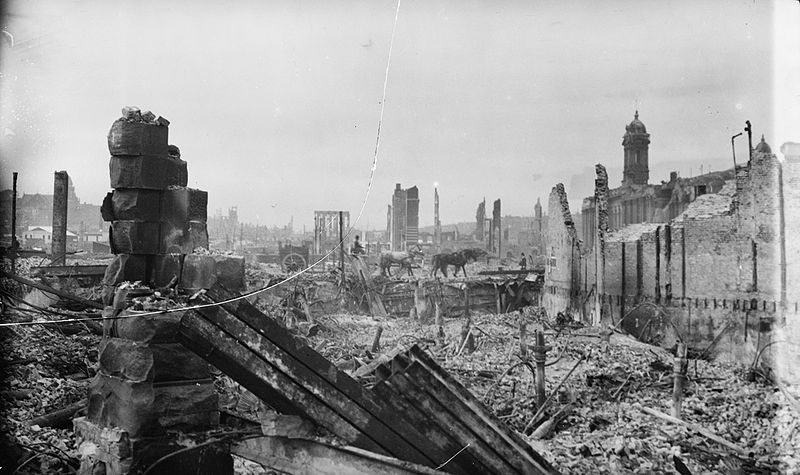In 1984, a diver was working in the beluga whale enclosure at San Diego’s National Marine Mammal Foundation when someone shouted “Out, out, out!” On emerging, the diver asked who had told him to exit the tank, and it turned out that the speaker was the whale itself, Noc, who had lived at the facility since his capture in 1977.
Noc’s keepers had previously heard strange sounds coming from the whale and dolphin enclosure that seemed to resemble people talking in the distance, their words just beyond the limit of comprehension. “We were sceptical at first,” neurobiologist Sam Ridgway told New Scientist. “They were definitely unlike usual sounds for a [beluga], and similar to human voices in rhythm and acoustic spectrum.”
The researchers concluded that he was indeed mimicking human speech, though Noc used his nasal tract to produce sounds, rather than a larynx, as humans do. They had only a short window in which to study the behavior: After four years Noc stopped, either because he’d reached maturity or because he’d lost interest.








